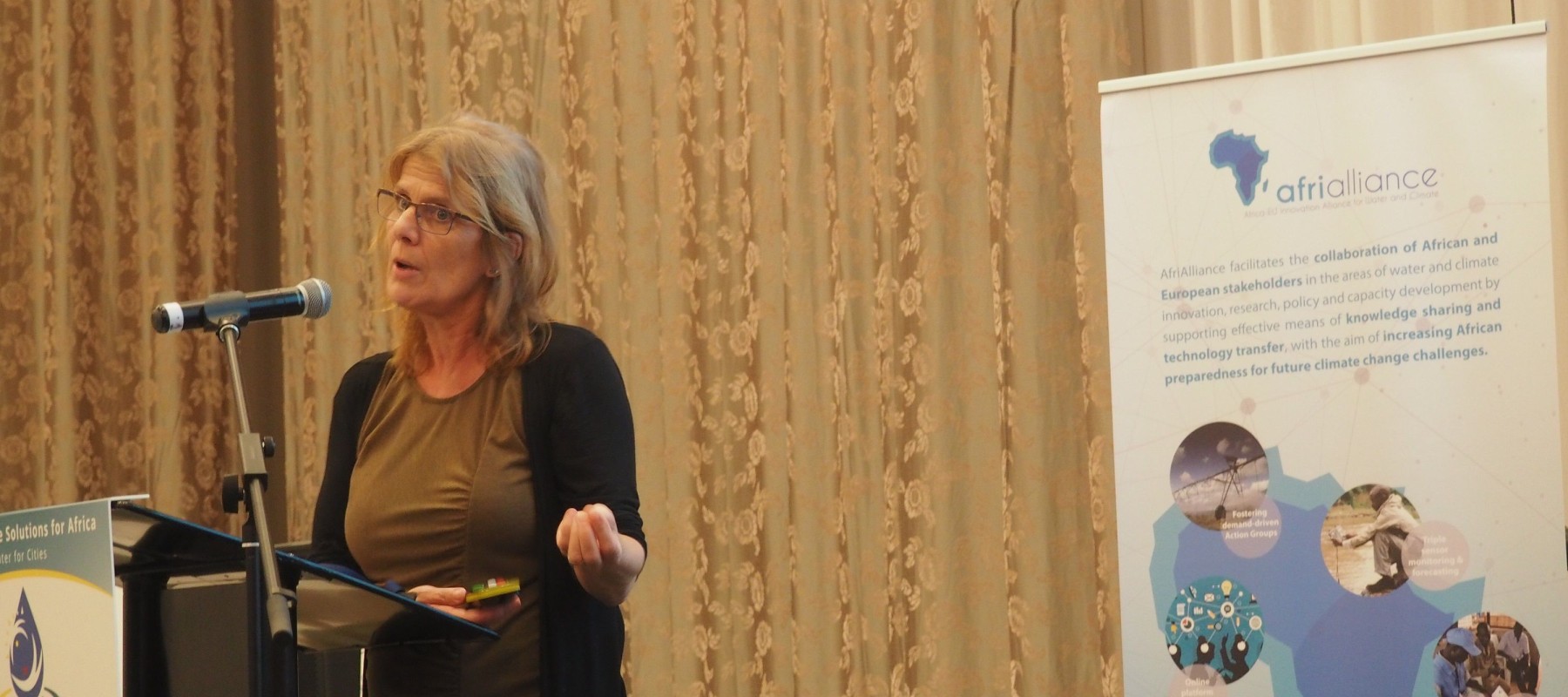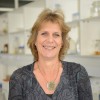
AfriAlliance Conference Session: New Data Streams, Education & Multi-Stakeholder Interactions
25 March 2017
This interactive session, moderated by Bettina Genthe from CSIR, had three diverse and inspiring contributors: Dr. Marieke de Groen about TAHMO (Trans-African HydroMeterological Observatory), Dr. Hans van der Kwast about Ground Truth 2.0, and Dr. Seyram Sossou about sanitation and water services planning in Ouagadougou.
Dr. de Groen (AquaLinks) presented on weather stations in Africa. More of those are needed, but so far they have been too expensive. New type of weather stations are much more cost effective. The future vision of TAHMO is to have weather stations every 30 kilometers in Africa. The weather stations will be installed at schools and maybe at universities.
Dr. van der Kwast (UNESCO-IHE) talked about the Ground Truth 2.0 project, which sets up 6 citizen observatories to enable citizens to share data about their environment and to take on a new role in decision making. He visualized the concept, with interdependency between citizens, decision-makers, and scientists. The project has 6 demonstration cases, of which Dr. van der Kwast highlighted two: the Dutch and Kenyan case. The Dutch case is focusing on improving communications between citizens and Water Boards, while the Kenyan case is looking into biodiversity aspects. The Ground Truth 2.0 project is led by Dr. Uta Wehn.
Dr. Seyram Sossou (2iE) advocated for the inclusion of future climate scenarios in sanitation and water services planning, after having studied the impact of inadequate sanitation on flooding occurrence in Ouagadougou, Burkina Faso. Climate change impact is becoming more and more apparent there. Reasons for flooding in Ouagadougou are mainly due to overflow of water from dams, and due to failure of hydraulic structures. The objectives are therefore to look at providing new models for designing systems. This can be done using GIS, and introducing new technologies such as other type of latrines that are higher of the ground.
After the three main presentations there were very interactive group sessions held between the delegates and the presenters. The presenters shifted to each group table. This way they were able to get feedback from all delegates. The most important insights were highlighted plenary at the end.
